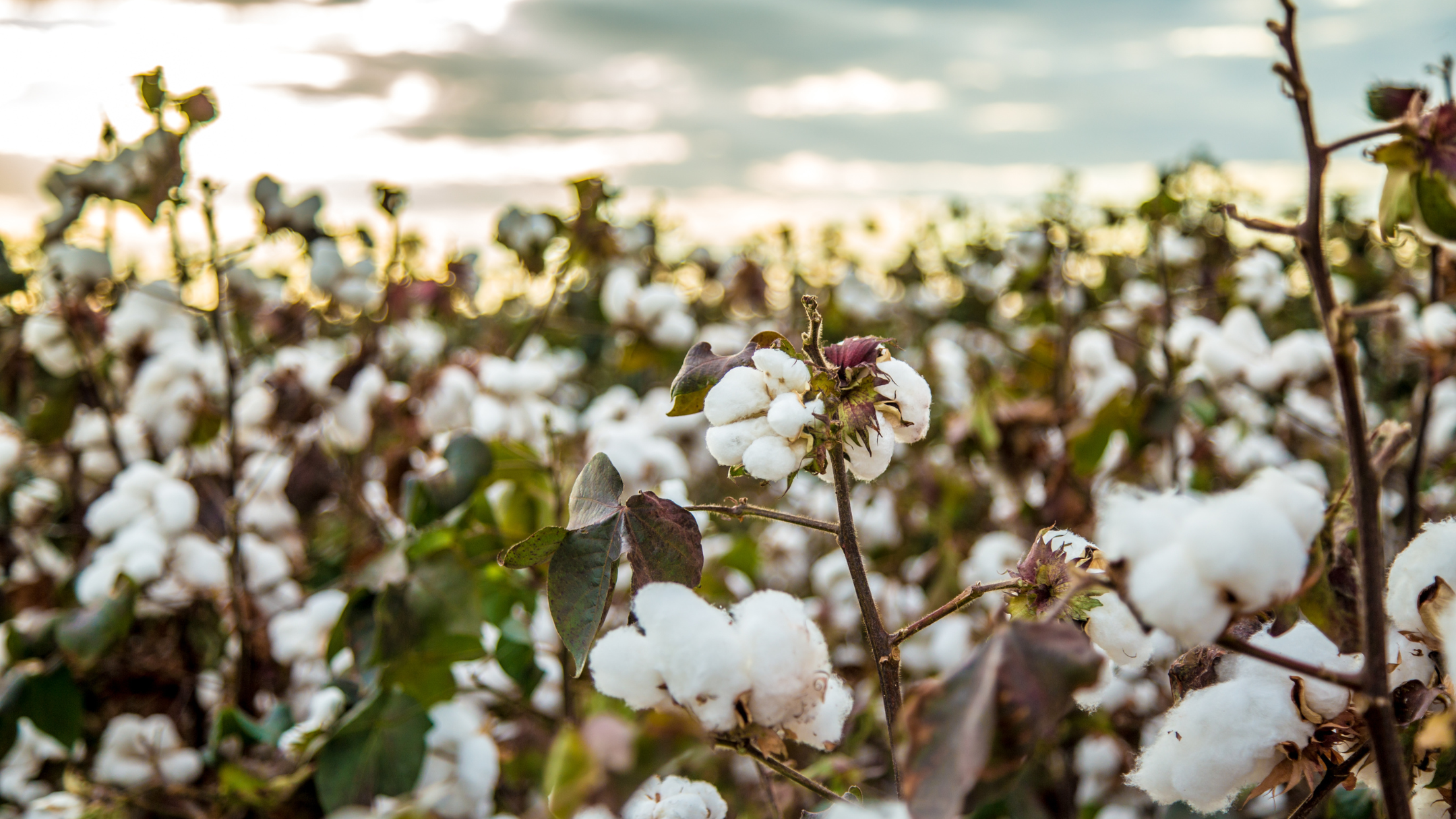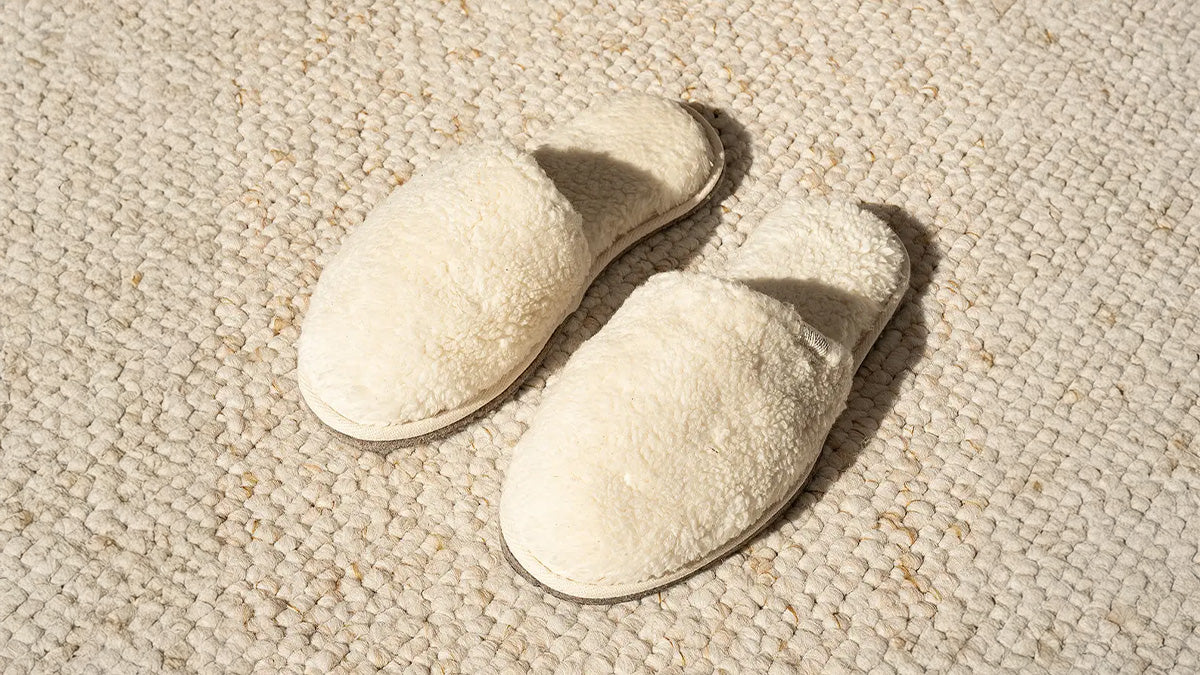
Is organic cotton sustainable?
The cotton industry is resource-intensive and requires huge amounts of pesticides. But how sustainable is organic cotton?
You are probably already very familiar with cotton. It is one of the most widely used textiles in the clothing industry and most of the items in your wardrobe are probably made of it. But for something so familiar, there are many things that many of us still don’t know about cotton. How is it produced? Is it bad for the environment? Is it bad for humans? And, when shopping, is it better to opt for organic cotton? These are all questions that we will try to answer through this article.
A Brief History of Cotton
Originally produced in India (5,000 BC), cotton is now used and worn all over the world. About 27 million tons are produced each year.
Made from the natural fibers of the cotton plant (which look like little fuzzy balls), cotton is soft and versatile. To turn it into a wearable fabric, the natural fibers are spun into yarn.
Thanks to innovations in manufacturing, mass production of cotton began during the British Industrial Revolution. In the 1760s, the spinning jenny was invented. It helped revolutionise the industry and, according to Historic UK, by the early 1800s, cotton products accounted for around 42% of British exports.
But this was not to last. While Britain was one of the driving forces behind the mass production of cotton, today it is the United States, China and (once again) India that dominate the industry.
How is cotton produced?
There is more than one way to harvest cotton. In the early days of production, the crop was labor intensive and was everywhere picked and separated by hand.
Today, some countries, such as the United States, use machines to harvest cotton. Both mechanical pickers and strippers are used. The former plucks the cotton ball from the plant, leaving the rest in the ground. The latter strips the cotton balls, along with the leaves and stem of the remaining plant. Both can harvest about six rows of the plant at a time.
However, while machines have evolved, in many countries cotton is still often harvested by hand. This isn’t necessarily a bad thing. Organic cotton, for example, is almost exclusively hand-picked, which ensures better quality because no fibers are damaged in the process. Organic cotton is also much more environmentally friendly (more on that later).
But in some cases, hand picking leads to exploitation. According to a BBC report, in 2014, more than 400,000 children worked on cotton farms in India. Children are sometimes used because they have smaller fingers, but also, according to one farmer, their work ethic is better.
Venkatram Reddy, who owns a farm in Andhra Pradesh, told the BBC: “It’s not possible with adults. They don’t work as hard and they don’t come on time. Even if we pay them both the same wages, it’s the children who work sincerely and honestly.”
Child labor in cotton is not unique to India. In 2016, a U.S. Department of Labor report found that child labor was present in cotton production in 18 countries, including China, Uzbekistan, and Brazil.
While many brands and retailers say they do not knowingly buy cotton harvested using child labour, tracing the supply chain can be very difficult. The BBC notes that cotton can change hands a number of times before it reaches the factory to be made into clothing.
There is, however, a way to ensure that your cotton is ethically produced. When you buy Fair Trade certified cotton, much of the crop may still be hand-picked, but workers are treated fairly and child labor is not used. Be sure to look for official Fair Trade certifications, like this one.
Is cotton bad for the environment?
While the cotton industry may have once been the pride of the British Empire, it, like the British Empire, has a downside. In addition to child labour and exploitation, this soft, fluffy crop has a huge impact on the environment. Overcultivation depletes and degrades the soil, and uses huge amounts of water.
Use of pesticides
Harsh chemicals are used to treat cotton. While the conventional cotton industry covers 2.6% of the world's land, it uses 6% of the world's pesticides and 16% of the world's insecticides. Polluted water from this industry flows into rivers and other waterways, harming not only marine life but humans as well.
The drying up of the Aral Sea has been a disaster for surrounding communities. The Guardian reported in 2014 that dust, contaminated by salt and pesticides previously absorbed by the lake, was being blown into nearby villages, causing higher rates of throat cancer and respiratory diseases.
Environmentalist and sustainable fashion designer Katharine Hamnett told the newspaper at the time: “As Vandana Shiva said, ‘no species deliberately engineered its own extinction’, but with industrial agriculture we have.”
Is organic cotton better for the environment?
Caussün slippers containing organic cotton
Organic cotton isn't perfect, as it still uses resources, but it is much better for the environment than its conventional counterpart.
According to About Organic Cotton, a resource funded by Textile Exchange, a nonprofit focused on textile sustainability, organic cotton uses 88 percent less water than conventional cotton. According to environmental advocacy group Hubbub, that reduction can be as much as 91 percent. That’s because most of this cotton is grown in rain-fed areas, which reduces pressure on other water sources.
Organic cotton is also kinder to the soil. According to the Organic Trade Association, when cotton is grown organically, crop rotation strategies and soil-building practices are used. This keeps the soil healthy, which is good for the climate. Healthy soil helps remove carbon from the atmosphere.
Organic cotton production also does not use toxic chemicals. This last point is non-negotiable, as pesticides are actually banned in organic cotton production. Instead, crop rotation helps protect plants from diseases and other threats, such as pests. Discover the eco-designed slippers by lapantouflebio.com.
Is organic cotton biodegradable?
Since cotton is a plant, it is naturally biodegradable. But whether or not this process is environmentally friendly depends on the type of cotton. When non-organic cotton biodegrades, all the chemicals used to treat it are returned to the soil, damaging local habitats. Birds and other animals can end up digesting the toxins.
Organic cotton, on the other hand, is not treated with chemicals. So when it decomposes, it is less harmful to the earth. Organic cotton takes up to five months to biodegrade.
Can cotton be recycled?
Looking to get rid of a cotton garment? There are a few options. If the item is still in good condition, there’s the obvious option of donating or selling. Look for local charity shops or use resale apps like Depop or Vinted.
If the item is no longer in reasonable condition, you can also check with your local council to see if they accept clothing for recycling. Some retailers, such as H&M and The North Face, accept old clothing for recycling.
Recycling cotton isn’t a perfect process. According to CottonWorks, an industry resource, cotton must be blended with other fibers to be spun into new yarn. This blending is necessary to ensure the strength and durability of the cotton, but it can’t be recycled all the time.
One solution is to buy products that are designed to last. Organic cotton will last longer than conventional cotton because its quality is much better.
Currently, less than one percent of the cotton used globally is organic. But Liesl Truscott, director of Europe and materials strategy at Textile Exchange, says consumers can help change that by speaking out and supporting brands that choose organic over conventional.
She told Vogue Australia: “We need big companies to invest in supply and create demand. We need them to continually improve.”





Leave a comment
This site is protected by hCaptcha and the hCaptcha Privacy Policy and Terms of Service apply.